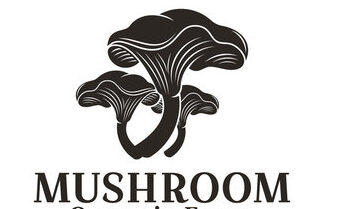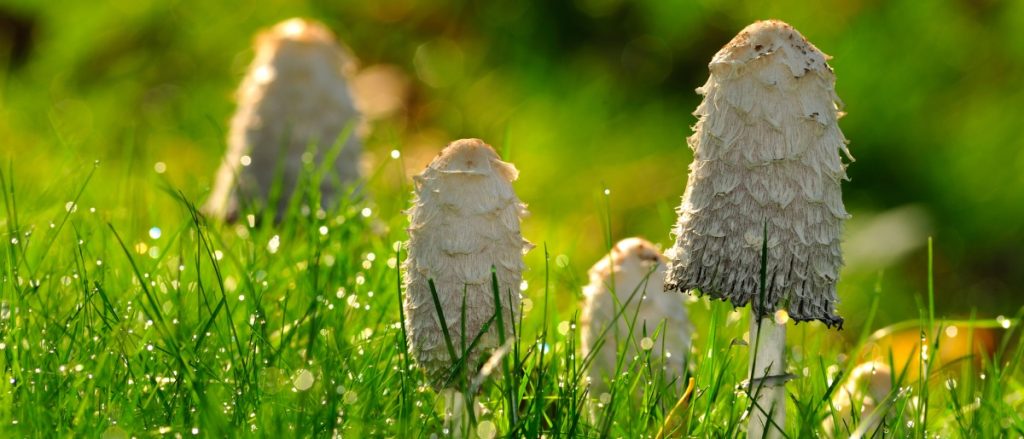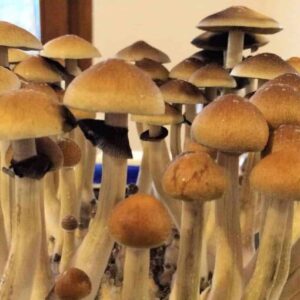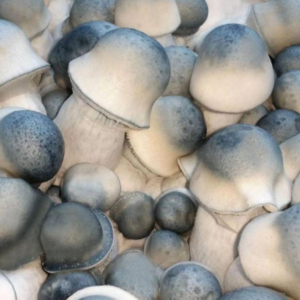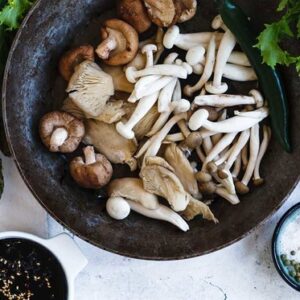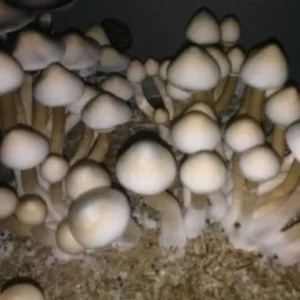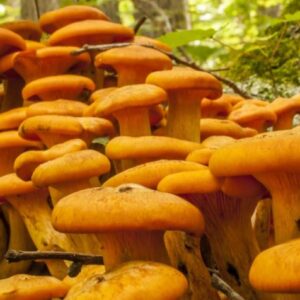Buy Shaggy Mane Mushroom UK
£150.00
Shaggy Mane Mushroom UK
scientifically known as Coprinus comatus, are distinctive fungi recognized for their unique appearance and culinary value. They are commonly found in the UK and are notable for their edibility when young Shaggy Mane Mushroom UK.
Characteristics of Shaggy Mane Mushrooms
- Appearance:
- Cap: The cap is cylindrical and elongated, resembling a shaggy, white to light gray “mane.” It can reach up to 10 cm in height and 4-6 cm in diameter. The cap is covered in long, shaggy scales, which gives it its name.
- Gills: The gills are initially white and closely spaced, becoming darker and more crowded as the mushroom matures. They are free from the stem and can turn black as the mushroom ages and begins to autodigest.
- Stem: The stem is tall, slender, and hollow, typically white to light gray. It can grow up to 20 cm tall.
- Taste and Aroma: Shaggy Mane mushrooms have a mild, pleasant flavor and a delicate texture, making them a versatile ingredient in various dishes.
Habitat
Shaggy Mane mushrooms are commonly found in grassy areas, particularly in fields, roadsides, and gardens. They often grow in clusters and prefer disturbed soils. In the UK, they typically fruit from late summer to autumn, especially after rainfall.
Culinary Uses
Shaggy Mane mushrooms are considered edible and can be used in various culinary applications:
- Sautéed: Cooked in butter or oil, often with garlic and herbs.
- Soups and Sauces: Added to soups or sauces for a rich, earthy flavor.
- Pasta Dishes: Incorporated into risottos or pasta for added texture and taste.
Nutritional Value
Shaggy Mane mushrooms are low in calories and provide several health benefits:
- Vitamins and Minerals: Source of B vitamins, potassium, and other essential nutrients.
- Antioxidants: Contain compounds that may help combat oxidative stress and promote overall health.
Foraging for Shaggy Mane Mushrooms
If you’re interested in foraging for Shaggy Mane mushrooms in the UK, consider the following tips:
- Identification: Proper identification is crucial, as some mushrooms can resemble each other. Ensure the mushroom has the characteristic shaggy cap and hollow stem. Young specimens are best for consumption.
- Sustainable Foraging: Harvest responsibly by taking only what you need and leaving some behind for future growth.
- Season: Shaggy Mane mushrooms are typically found from late summer to autumn.
Cooking Tips
- Cleaning: Clean Shaggy Mane mushrooms gently with a brush or damp cloth to remove dirt. Avoid soaking them, as they can absorb water.
- Cooking Methods: Sautéing is a popular method, but they can also be grilled or added to various dishes. Consume them while they are still young and firm, as they degrade quickly.
Safety Considerations
- Foraging Risks: Always be cautious when foraging wild mushrooms. If you are unsure about the identification, consult a local expert or mycologist.
- Culinary Preparation: Shaggy Mane mushrooms should be cooked, as they can cause gastrointestinal upset if eaten raw or if they have begun to autodigest.
Shaggy Mane Mushrooms UK
Shaggy Mane mushrooms are a delightful addition to any culinary repertoire, known for their unique appearance and mild flavor. Whether foraged from the wild or purchased from markets, they offer a rich gastronomic experience. Proper identification and sustainable practices are essential for safely enjoying these fascinating fungi.
